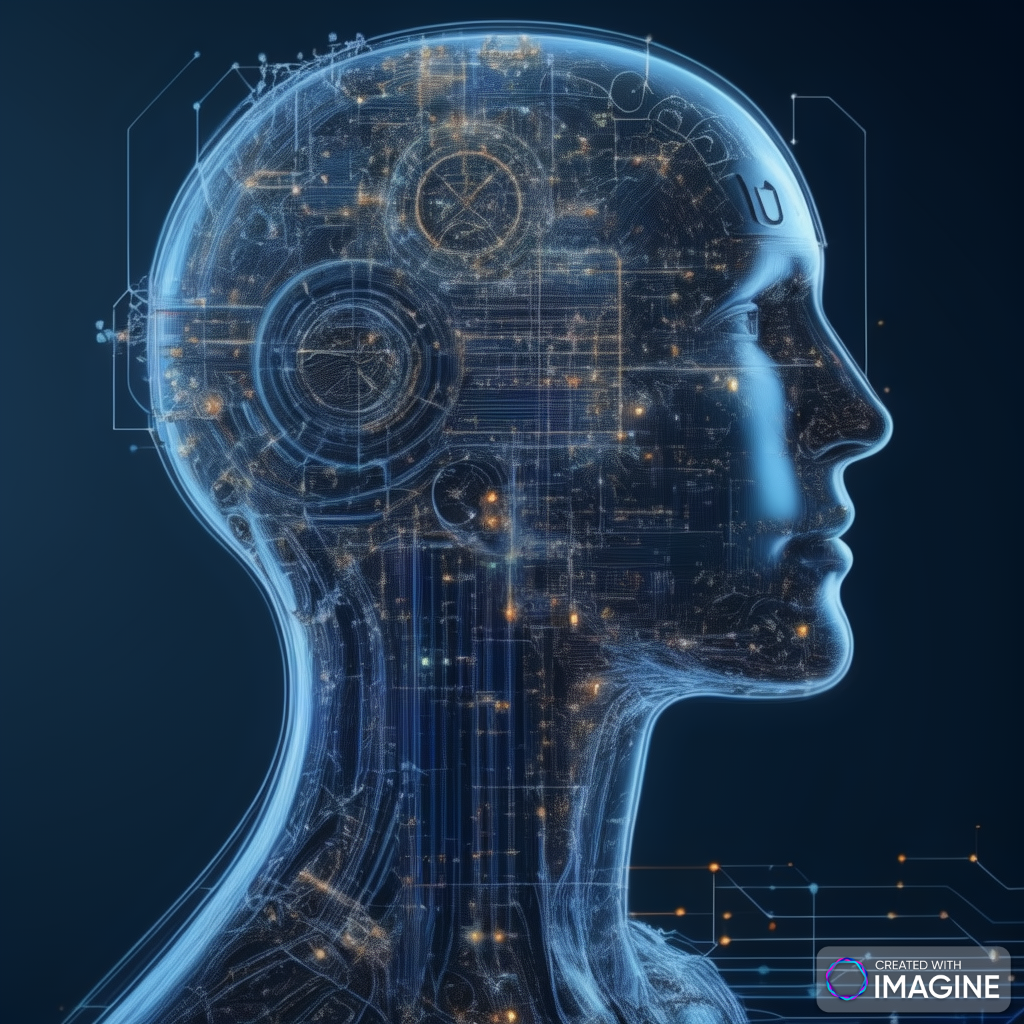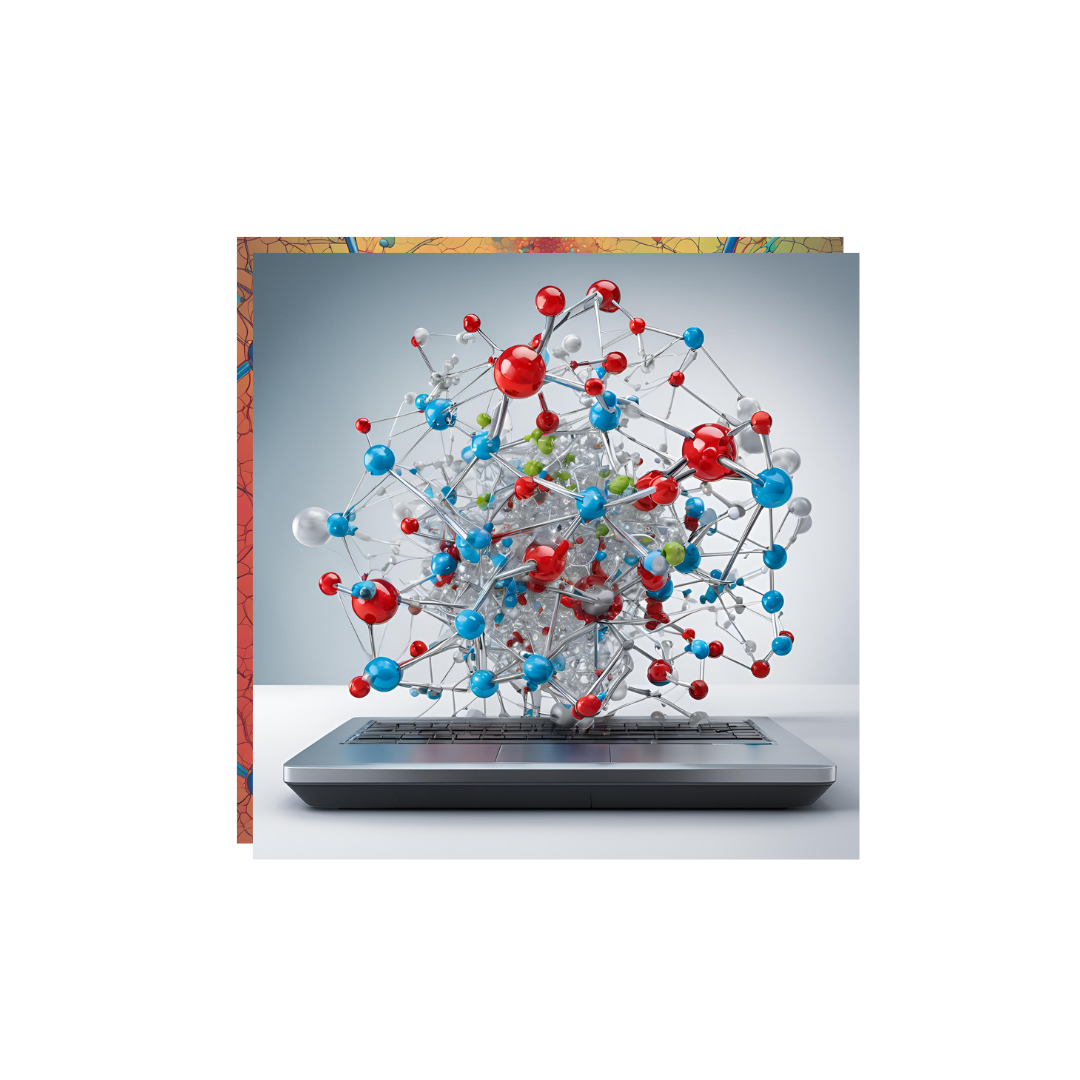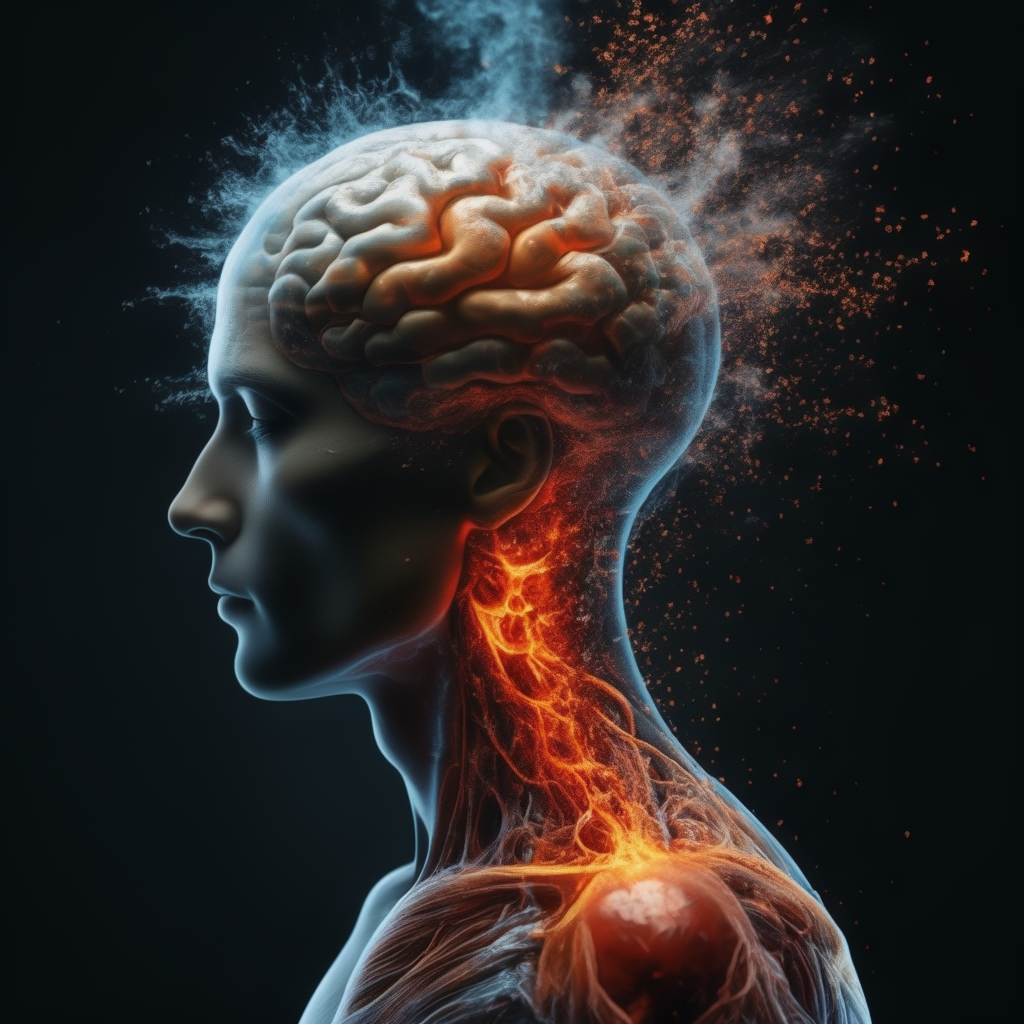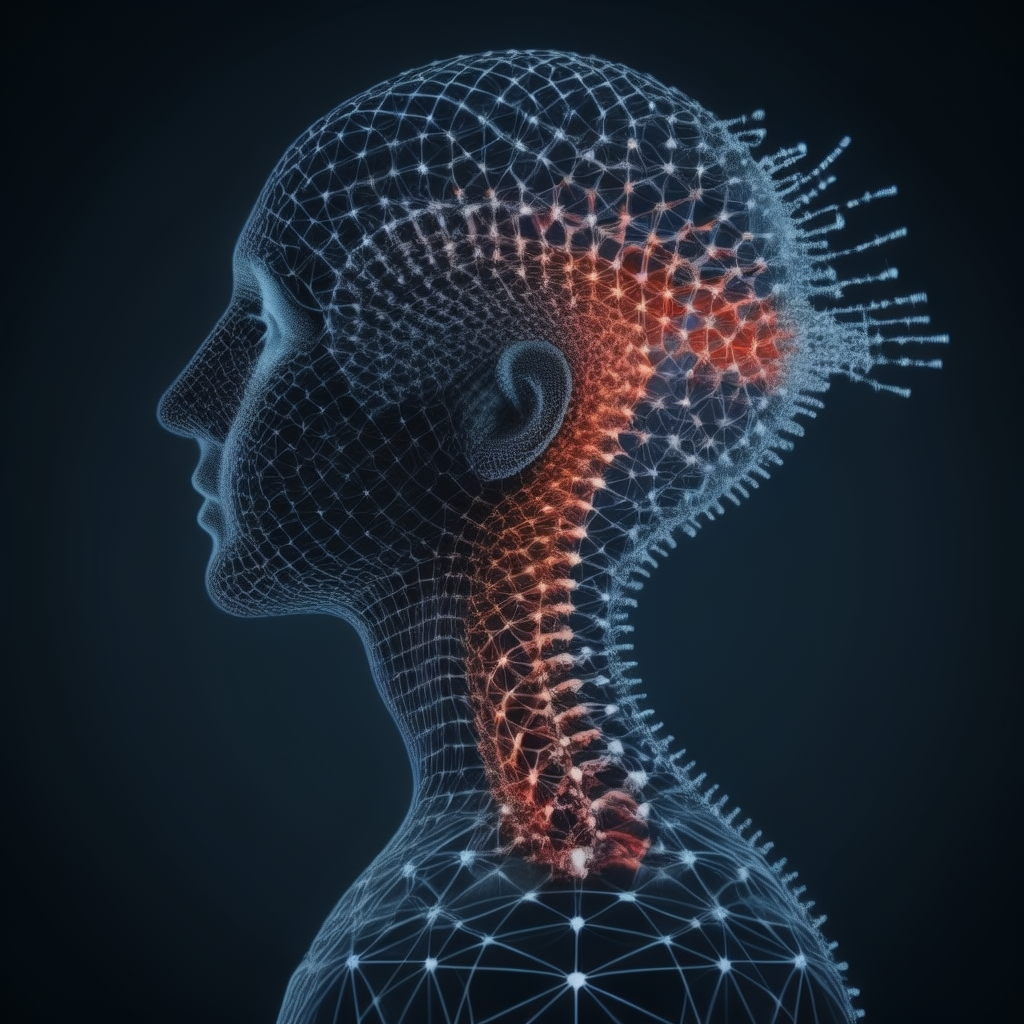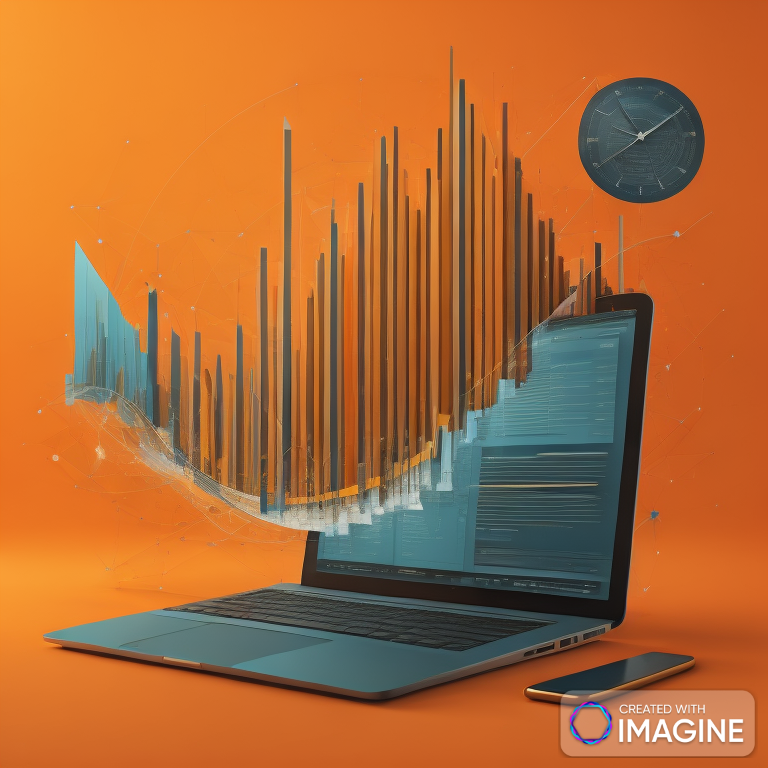Probability, once a humble concept rooted in games of chance and gambling, has burgeoned into an indispensable cornerstone across diverse quantitative sciences. This blog post embarks on a comprehensive exploration of the profound impact of probability, tracing its evolution from a theoretical curiosity to a ubiquitous tool that underpins crucial decisions in fields ranging from physics and biology to economics and artificial intelligence.
The roots of probability theory trace back to the 17th century, notably in the exchanges between French mathematicians Blaise Pascal and Pierre de Fermat. Dive into the intellectual discourse that birthed the concept, culminating in the foundational contributions of Pierre-Simon Laplace and Daniel Bernoulli. Explore how these early pioneers grappled with uncertainties, setting the stage for a mathematical framework that would transcend its humble beginnings.
1. Historical Evolution:
- Introduction to Probability’s Genesis:
- Probability theory’s roots trace back to the 17th century, where Pierre de Fermat and Blaise Pascal exchanged letters discussing games of chance, laying the foundation for the probability concept.
- Laplace, in the 18th century, expanded probability theory’s scope, addressing uncertainties in scientific observations.
2. Probability in Physics:
- Quantum Mechanics Paradigm Shift:
- Probability introduced a paradigm shift in quantum mechanics, challenging deterministic views.
- The famous Schrödinger’s cat thought experiment exemplifies how probability governs particle behavior and the uncertainty principle.
3. Biological Conundrums:
- Genetic Mysteries Unraveled:
- Probability models aid geneticists in predicting inheritance patterns, understanding genetic mutations, and assessing the likelihood of specific traits.
- Population dynamics and evolutionary processes find mathematical expressions through probabilistic models.
4. Economic Forecasting:
- Navigating Financial Uncertainties:
- Economic models incorporate probability to quantify risks, guiding investment decisions.
- In financial markets, probability helps assess the likelihood of events, influencing strategic choices.
The Quantum Leap:
5. Quantum Computing:
- Quantum Bits and Distributions:
- Quantum bits, or qubits, leverage probability distributions for computation.
- Superposition and entanglement, fundamental to quantum mechanics, rely on probability principles.
6. Artificial Intelligence and Machine Learning:
- Bayesian Frameworks in Machine Learning:
- Probability, particularly Bayesian frameworks, enhances machine learning algorithms’ ability to make predictions and refine models.
- Probabilistic models account for uncertainties, providing more robust and realistic insights.
7. Statistical Inference:
- Foundation of Inference:
- Statistical inference relies on probability theory to make informed conclusions about populations based on sample data.
- Confidence intervals and hypothesis testing exemplify the application of probability in statistical inference.
The Multifaceted Applications:
8. Weather Forecasting:
- Probabilistic Weather Predictions:
- Meteorologists employ probability models to predict diverse weather scenarios.
- Probability helps communicate the uncertainty associated with weather forecasts.
9. Game Theory:
- Strategic Decision-Making Under Uncertainty:
- In game theory, players make decisions based on probability calculations, considering potential outcomes.
- Probability guides optimal strategies, influencing competitive dynamics.
10. Robotics and Autonomous Systems:
- Navigating Uncertain Environments:
- Probability aids robots in making decisions in unpredictable environments.
- Machine learning algorithms, incorporating probability, enable autonomous systems to adapt and learn.
Beyond Numbers:
11. Ethics and Decision-Making:
- Navigating Moral Dilemmas:
- Probability is applied to assess the ethical implications of decision-making.
- Addressing biases in decision models ensures fairness and ethical considerations.
12. Future Frontiers:
- Emerging Fields Shaped by Probability:
- Quantum communication, propelled by probability principles, ensures secure data transmission.
- Ethical considerations in artificial intelligence involve probabilistic assessments of potential impacts.
Quantum Mechanics: A Probabilistic Revolution
The advent of quantum mechanics in the early 20th century revolutionized our understanding of the microscopic world. Explore the probabilistic nature of quantum particles, where uncertainties are not limitations but inherent aspects of their behavior. Delve into the famous double-slit experiment and the Uncertainty Principle, unraveling the enigmatic dance of particles guided by probability distributions.
Probability in the Biological Tapestry
In the realm of biology, probability models serve as powerful tools for unraveling genetic mysteries, predicting population dynamics, and navigating the intricacies of evolutionary processes. Investigate how probabilistic frameworks guide geneticists in understanding heredity, ecologists in modeling ecosystems, and evolutionary biologists in decoding the complex interplay of chance and determinism in the tapestry of life.
Economic Crystal Ball: The Pivotal Role of Probability
In the dynamic landscape of economics, probability emerges as a crucial player in models, risk assessment, and financial markets. Examine how economists quantify uncertainties to inform strategic decision-making, assess risks in investment portfolios, and navigate the volatile terrain of global markets. Probability becomes the crystal ball that economists consult in their pursuit of sound financial strategies.
Quantum Computing’s Probability Ballet
Quantum computing transcends classical computational boundaries, ushering in a new era where bits coexist in states of probability. Delve into the fascinating world of qubits, exploring how quantum algorithms exploit probability distributions for unparalleled computational power. Witness the probability ballet where quantum bits perform feats of computation that were once deemed impossible.
The Dance of Bayesian Wisdom in AI and Machine Learning
In the realm of artificial intelligence and machine learning, probability and Bayesian frameworks form the bedrock of intelligent decision-making. Uncover the symbiotic relationship between algorithms and probability models, where machines learn not just from data but from probabilistic inferences. See how Bayesian reasoning refines predictive analytics, making AI systems more adaptable and insightful.
Statistical Inference: Extracting Knowledge from Data
Probability is the guiding light in statistical inference, empowering researchers to extract meaningful conclusions from data. Understand how statistical methods rely on probability distributions to make inferences about populations, analyze trends in medicine, sociology, and psychology, and draw reliable insights that shape scientific understanding.
Meteorological Crystal Ball: Probability in Weather Forecasting
Meteorologists employ sophisticated probability models to predict weather patterns, transforming uncertainty into nuanced forecasts. Witness how these models integrate data from satellites, atmospheric sensors, and historical patterns to provide accurate predictions. Probability becomes the meteorologist’s crystal ball, guiding decisions that impact agriculture, disaster preparedness, and daily life.
Strategic Moves: Probability in Game Theory
Game theory takes a strategic leap with the integration of probability. decisions in game theory are no longer solely driven by rational choices but influenced by calculated risks and optimal strategies. Probability becomes the hidden player at the game theory table, influencing outcomes and shaping the dynamics of strategic interactions.
Robotic Navigation in Uncertain Terrains
In the realm of robotics and autonomous systems, probability becomes the guiding compass. Unearth how machines navigate uncertain environments, make informed decisions, and learn from experiences through probabilistic algorithms. Probability transforms robotics from rigid programming to adaptive learning, allowing machines to thrive in ever-changing scenarios.
The Ethical Compass: Probability in Decision-Making
ethical implications of incorporating probability into decision-making processes. biases can inadvertently shape probabilistic models and decision outcomes. Address the imperative of ensuring fairness, transparency, and ethical considerations in deploying probability-based decision-making systems.
Future Frontiers: Quantum Communication and Ethical AI
probability continues to shape emerging fields. From quantum communication, where probability governs the behavior of entangled particles, to the ethical considerations in artificial intelligence, probability becomes the compass guiding the trajectory of technologies that are still in their infancy.
Probability in Social Dynamics: Understanding Human Interactions
In the realm of sociology and psychology, probability plays a nuanced role in deciphering human behavior and interactions. probability models contribute to understanding social dynamics, predicting collective behaviors, and unveiling the intricate interplay of chance and intention in the human experience. From predicting voting patterns to analyzing social networks, probability becomes a key tool in unraveling the complex tapestry of society.
Quantum Entanglement: Probability’s Role in Quantum Communication
ethereal world of quantum entanglement, where probability governs the behavior of particles intertwined in a quantum dance. quantum communication relies on the principles of probability to enable secure and instantaneous information transfer. Quantum entanglement becomes the foundation for the next frontier in communication technology, where probabilities shape the teleportation of quantum states and the secure transmission of information.
Genetic Fortune: Probability in Personalized Medicine
realm of personalized medicine, where probability models guide the tailoring of medical treatments to individual genetic profiles. probability informs risk assessments for specific diseases, predicts drug responses, and shapes the landscape of precision medicine. Genetic fortune is navigated through probability-based insights, offering patients personalized and optimized healthcare solutions.
Evolutionary Algorithms: Nature-Inspired Computing
In the field of computer science and optimization, probability takes center stage in evolutionary algorithms. these algorithms mimic the principles of natural selection and genetic inheritance, introducing an element of randomness to explore solution spaces efficiently. Probability becomes the driving force in the evolution of solutions, optimizing complex problems in fields ranging from engineering to finance.
Bayesian Networks in Cybersecurity: Defending Against Uncertainty
In the cybersecurity domain, probability assumes a critical role in Bayesian networks. these networks model the uncertainties and dependencies within a system, providing a powerful tool for identifying and mitigating security threats. Probability becomes the guardian in the cyber realm, offering a probabilistic framework for intrusion detection, threat analysis, and risk assessment.
Quantum Decision-Making: A Leap into Quantum Cognition
the fascinating intersection of probability and quantum cognition, where quantum decision-making models emerge. human decision-making processes can be influenced by quantum probabilities, introducing a novel perspective on cognitive science. Quantum cognition becomes a frontier where probabilities guide our understanding of decision dynamics and the complexities of human choice.
Quantum Machine Learning: Probability’s Quantum Leap
In the evolving landscape of machine learning, probability takes a quantum leap with quantum machine learning. quantum computers leverage probability amplitudes to process information in ways that classical computers cannot. Quantum machine learning becomes the avant-garde, where probabilities entangle with quantum states to unlock unprecedented computational capabilities.
Probabilistic Robotics: Navigating Uncertain Environments
In the field of robotics, probabilistic robotics offers a dynamic approach to navigating uncertain terrains. robots employ probabilistic algorithms to perceive their environment, make decisions, and adapt to unforeseen circumstances. Probability becomes the guiding compass for robotic autonomy, allowing machines to thrive in complex and unpredictable settings.
Quantum Cryptography: Probability’s Shield in Quantum Security
In the realm of quantum cryptography, probability emerges as the shield against eavesdropping and security breaches. quantum key distribution protocols leverage the principles of probability to ensure secure communication channels. Quantum cryptography becomes the guardian of quantum communication, relying on the inherent uncertainties of quantum states for cryptographic resilience.
Ethical Considerations in AI: Navigating Bias with Probability
Reflect on the ethical considerations embedded in artificial intelligence, where probability plays a crucial role in addressing biases. probability models are scrutinized for fairness, transparency, and accountability, mitigating unintended consequences in AI decision-making. Probability becomes the ethical compass, guiding the responsible deployment of AI technologies.
Quantum Game Theory: Strategic Entanglements
In the world of game theory, quantum game theory introduces strategic entanglements guided by probability principles. quantum strategies, entangled states, and superposition redefine the landscape of strategic interactions. Probability becomes the quantum thread weaving through strategic decision-making, introducing novel dimensions to the age-old field of game theory.
Probabilistic Linguistics: Decrypting Language Dynamics
In linguistics, probability takes center stage in probabilistic linguistics, decrypting the dynamics of language. Understand how language structures and patterns can be modeled probabilistically, offering insights into linguistic evolution, syntax, and semantic meaning. Probability becomes the key to deciphering the intricacies of human communication and language diversity.
This expansive exploration illuminates the diverse and evolving facets of probability across multiple disciplines. From the social intricacies of human interactions to the quantum realms of communication and decision-making, probability emerges as a versatile and indispensable tool, guiding our understanding of the complex and uncertain world we inhabit.
In unraveling these detailed layers, we witness probability’s pervasive influence across disciplines, from shaping our understanding of genetics to steering the trajectory of artificial intelligence and quantum computing. Each application showcases how probability transforms uncertainty into a calculable and navigable realm, contributing to the advancement of science and technology.
This detailed exploration goes beyond the surface, unraveling the intricate details of how probability manifests in diverse disciplines, shaping our understanding of the world and influencing critical decision-making processes. Probability, once a theoretical concept, emerges as an omnipresent force, weaving through the fabric of science, technology, and human decision-making.


